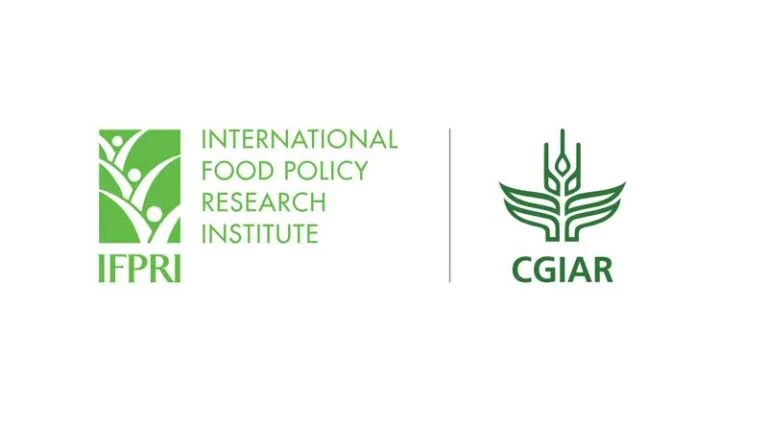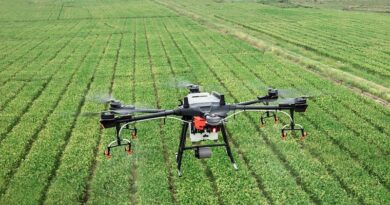
New study Examines Affordability And Nutritional Implications Of The 2025 EAT–Lancet Commission Diet
07 November 2025, New Delhi: The EAT-Lancet Commission recently published updated dietary recommendations for improved individual and planetary health, offering a useful roadmap to inform dialog on these issues. The International Food Policy Research Institute (IFPRI) and other research institutions provided inputs to that analysis. In related background work, a new study by researchers at IFPRI and collaborating institutions has found that global adoption of the 2025 EAT–Lancet Commission diet, which emphasizes plant-based foods like whole grains, fruits, vegetables, nuts, and legumes with only modest amounts of fish and dairy as well as limited meat consumption, by 2050 could help slow the increase in prices of some food commodities but may also deepen nutrient deficiencies in low-income settings if not paired with targeted nutrition interventions.
The study, published in The Lancet Planetary Health, used IFPRI’s International Model for Policy Analysis of Agricultural Commodities and Trade (IMPACT) to model how adopting the EAT-Lancet diet could affect calorie availability, share of income spent on food, nutrient availability, and food prices.
“Our results highlight that dietary transition strategies need careful, local co-design to inadvertently avoid deepening nutrient and affordability gaps,” said lead author Abhijeet Mishra, Associate Research Fellow in IFPRI’s Foresight and Policy Modeling Unit (FPM). “Our modeling suggests that a diet aligned with the 2025 EAT-Lancet Commission recommendations could bring mixed nutritional outcomes for some populations.”
The study found that under the EAT-Lancet diet, improvements could be seen in nutrient availability for folate, iron, and zinc, but that there could be a possible decline in vitamin A nutrient availability driven by lower intake of animal-source foods and roots and tubers. In addition, the paper clarifies that the median share of income spent on food varies by income classification; about 25% in lower-income countries and around 9% in higher-income countries. “This underscores concerns about affordability,” Mishra said. “South Asia and Eastern Africa could see increases in the share of household incomes spent on food because of shifts toward costlier food items such as animal-sourced products and fruits and vegetables for which the historical consumption levels are usually below 2025 EAT-Lancet targets.”
“It was good to assess the affordability question using IFPRI’s IMPACT model in the context of EAT-Lancet diets, along with other considerations important for lower-income populations. This work reflects progress in the background research for the new Commission and provided an opportunity for independent researchers to explore additional dimensions of a global shift toward the updated EAT-Lancet dietary recommendations, published in this special issue of Lancet Planetary Health,” said co-lead author Timothy B. Sulser, Senior Scientist, IFPRI, FPM.
“It is critical to understand the sometimes-unintended impacts of dietary change on affordability of healthy diets, particularly for lower-income population groups. This study helps us do that,” said co-author Keith Wiebe, Senior Research Fellow, IFPRI, FPM.
Also Read: Change Of Mind On New Tractor Order Delivers Surprise Second Set Of New Wheels For Dairy Farmer
📢 If You’re in Agriculture, Make Sure the Right People Hear Your Story.
From product launches to strategic announcements, Global Agriculture offers unmatched visibility across international agri-business markets. Connect with us at pr@global-agriculture.com to explore editorial and advertising opportunities that reach the right audience, worldwide.






